ARC Review – Piper Perish
 Piper Perish by Kayla Cagan
Piper Perish by Kayla Cagan 
Published by Chronicle Books on March 7th 2017
Genres: Young Adult Fiction, Contemporary Fiction
Pages: 416
Source: Netgalley
Amazon
Goodreads
FTC Disclosure: I received a complimentary copy of this book from the publisher via Netgalley. All opinions are my own.
Goodreads Synopsis: Piper Perish inhales air and exhales art. The sooner she and her best friends can get out of Houston and into art school in New York City, the better. It’s been Piper’s dream her whole life, and now that senior year is halfway over, she’s never felt more ready. But in the final months before graduation, things are weird with her friends and stressful with three different guys, and Piper’s sister’s tyrannical mental state seems to thwart every attempt at happiness for the close-knit Perish family. Piper’s art just might be enough to get her out. But is she brave enough to seize that power, even if it means giving up what she’s always known?
Debut author Kayla Cagan breathes new life into fiction in this ridiculously compelling, utterly authentic work featuring interior art from Rookie magazine illustrator Maria Ines Gul. Piper will have readers asking big questions along with her. What is love? What is friendship? What is family? What is home? And who is a person when she’s missing any one of these things?
* * * * *
My Review:
Kayla Cagan’s debut novel, Piper Perish, is what I would consider to be a coming of age story. It follows high school senior and artist Piper Perish and her best friends, Kit and Enzo, also artists, as they navigate the trials and tribulations of that final year of high school and prepare for what comes next. As the novel opens, we’re already at the halfway point of their senior year, and we learn that Piper, Kit, and Enzo have devised a plan where they will all leave Texas after graduation and move to New York City to attend art school together. While it sounds like a fantastic plan in theory, it leaves a lot to chance. What if they don’t all get into the schools they apply to? Will they be able to afford it, etc.? All of the ‘What ifs’ weigh heavily on Piper’s mind throughout the novel because moving to New York to study art has always been her dream. She doesn’t know how she’ll cope if things don’t go according to their plan. I know it sounds like a heavy read at first glance, but don’t let that fool you. It’s actually quite fun. The bright, artsy cover was what initially caught my eye and, after reading the synopsis, I picked it up because I was looking for a light contemporary read to offset all of the heavy dystopian fiction I’ve been reading lately and it sounded like Piper Perish would fit the bill.
What I Enjoyed:
I’d have to say that Piper herself is probably my favorite part of the book. Piper’s passion for art, her obsession with artist Andy Warhol (She’s totally a ‘What Would Andy Do?’ kind of girl), her quirky flair for fashion, among other things, just make her someone that you wish you knew and could just hang out with. Written in the form of a diary, the novel really lets us inside Piper’s head and heart as she pours all of her thoughts, dreams, and frustrations, into her diary. I thought Cagan did a tremendous job of creating an authentic high school experience and in giving Piper an equally authentic and vibrant teenage girl voice. As I read Piper’s thoughts, I was transported back to my own high school senior year and could vividly remember going through so many of the same experiences. Piper is a very relatable character precisely because she does represent so many things that we all went through in high school: the dreams, the worrying, the self-doubt, and so on. I found myself starting to care about her from that very first page and really wanting her to push through all of the obstacles standing in her way so that her dreams could become a reality.
What I especially liked about Piper was watching her really grow up and mature throughout the second half of her senior year. She is definitely not the same girl at the end of the novel that she is when we first meet her. Yes, she’s still quirky, fun, and lives and breathes art, but she’s also braver, more willing to stand up for herself and fight for what she wants, and she definitely has a greater sense of who she is and where she belongs. I really liked the evolution of her character.
Aside from Piper, I also really liked all of the themes that the book covered. In addition to the everyday dramas of high school, it also tackles bigger themes like friendship, family, and love. Piper spends much of her senior year learning what it means to be a friend through thick and thin as she and her friends each encounter obstacles, some of which put them at odds with each other. Piper also spends a lot of time reflecting on the different degrees of love as relationships around her evolve and change – the love of a boyfriend and girlfriend, the love between friends, the love of family members no matter how frustrated you get with them (or in the case of Piper’s sister, Marli, how much they deliberately try to make you miserable).
The discussion of art also fascinated me as I read this book. I’m about as artistic as a rock, so I loved watching the creative process at work as Piper, Kit, Enzo, and their fellow classmates worked to create their senior projects. I actually found myself wishing I had a paper copy of the book rather than an e-galley as well because there are little sketches here and there throughout the novel that I’m sure are much cooler in full color.
Anything I Didn’t Like:
I have to say I wasn’t big on the way the book was put together. I did love the first person point of view because I think it really helped me connect with Piper better. The diary style just didn’t really work for me. It did at first because it really felt like I was reading the diary of a teenage girl, but then it started to feel less like a diary or journal and more just like a standard first person narrative broken up by dates. I never kept a diary or journal myself, but I still just couldn’t imagine that one would contain whole conversations between people quoted verbatim or that it would contain complete emails that Piper was receiving from her friend Silas. I can’t say that it took away from my enjoyment of the story at all, but I did feel like it had me pondering the structure of the book more than I would have liked.
I hate to say it, but I was not a big fan of either Piper’s sister, Marli, or of their parents. Marli, who has just moved back home because she got pregnant while away at college, spends the bulk of the novel storming around screaming and yelling at anyone and everyone who crosses her path, especially Piper, who seems to be her favorite target. I found it incredibly frustrating that Piper’s parents basically allowed Marli to verbally abuse Piper on a daily basis and that all of them, including Marli’s baby daddy once he moved in with them, simply tiptoed around her to try to keep the venomous raging to a minimum. Most of the time their parents just chalked her outrageous behavior up to pregnancy hormones, but every once in a while particularly when Piper was really about to lose it and really go off on Marlie, then they would admit that Marli has been like this her entire life. My question at this point is then why haven’t her parents done more to get her help – her behavior is clearly not normal. I’m not a psychologist or a therapist, but it seems like Marli is living her life with an undiagnosed mental illness. I was sympathetic to Marli in that sense and really wanted something to happen to acknowledge that she was going through some kind of mental health issue. Nothing did though so I ultimately just found her very hard to stomach because as she was presented, she was little more than a constant source of over-the-top drama.
As much as Marli bothered me, I think her parents actually bothered me more — not just because of how they let things go with Marli, but also because they were overall so unsupportive of Piper and her dreams. Throughout the course of the book, they were probably the biggest obstacle that Piper faced because everything Piper wanted took a back seat to Marli and her drama and then to her parent’s poor planning when it came to their children’s college funds. If you know your daughter has been dreaming her entire life of moving to New York City to study art, and she is clearly a gifted artist, wouldn’t you be doing everything you possibly can to try to make that dream a reality? I hate to judge, but I was just very disappointed in their parenting abilities.
One other minor quibble I had with the storyline was how conveniently some obstacles were wrapped up in the closing pages of the book. I can’t say much without giving away major plot points, but I just thought that what happened to Piper was something that would never happen in real life. Younger readers will probably love it, but the jaded old lady in me was just like ‘Umm no, that would never happen in real life.’
Who Would I Recommend Piper Perish to?
I would most definitely recommend it to teenagers. It’s a fast and entertaining read, and I think teens will easily related to Piper’s journey. I honestly can’t decide if this is one of those YA books that translates well for older readers though. I could see some older readers finding it a little over dramatic at times and thinking “Kid, you think your life is stressful now, wait until you’re out on your own.”
Thanks so much to Netgalley, Chronicle, and Kayla Cagan for allowing me to preview this book in exchange for my honest review.


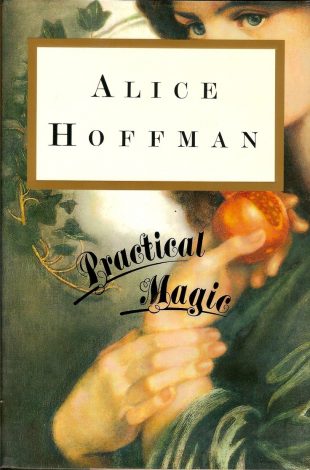 Practical Magic by
Practical Magic by 

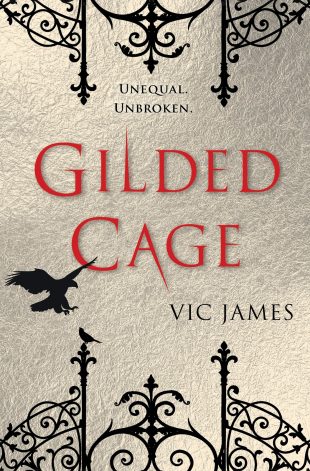 Gilded Cage (Dark Gifts, #1) by
Gilded Cage (Dark Gifts, #1) by 
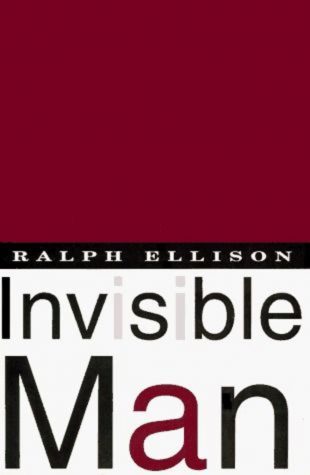 Invisible Man by
Invisible Man by 
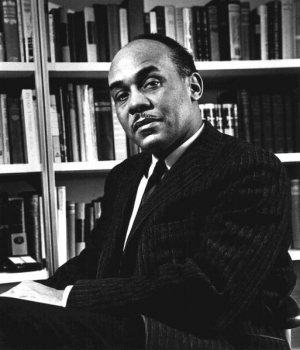
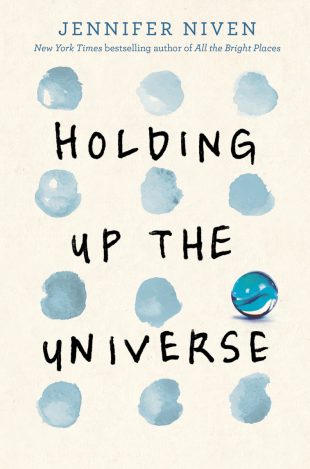 Holding Up the Universe by
Holding Up the Universe by 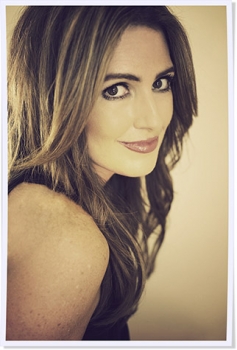
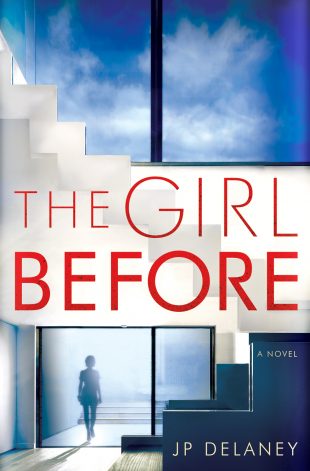 The Girl Before by
The Girl Before by 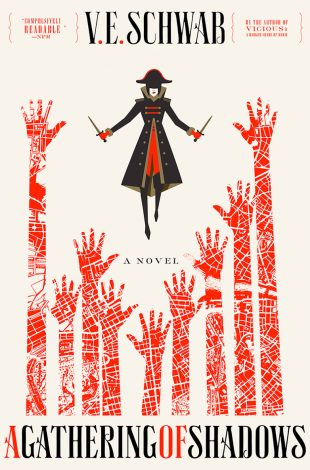 A Gathering of Shadows (Shades of Magic, #2) by
A Gathering of Shadows (Shades of Magic, #2) by 

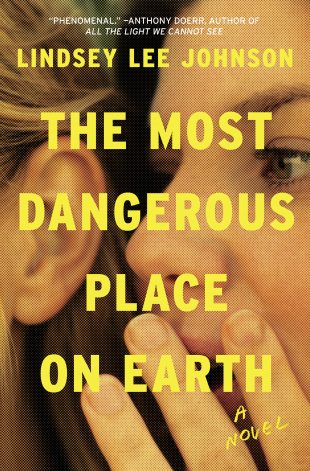 The Most Dangerous Place on Earth by
The Most Dangerous Place on Earth by 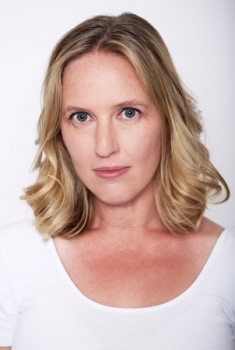
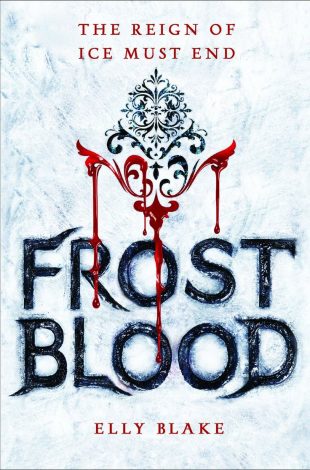 Frostblood (Frostblood Saga, #1) by
Frostblood (Frostblood Saga, #1) by 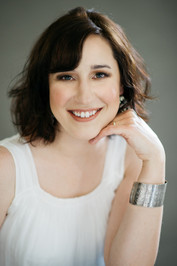
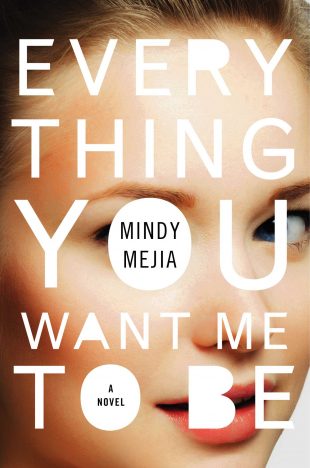 Everything You Want Me to Be by
Everything You Want Me to Be by 